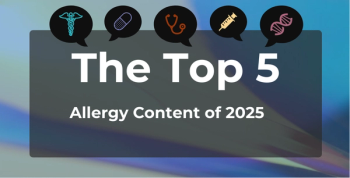
What Is the Risk of Cardiovascular Disease in Youth With HIV?
Detectable viral load (VL) is associated with a significantly increased risk of cardiovascular disease (CVD) among US youth living with HIV, according to an abstract presented at the Conference on Retroviruses and Opportunistic Infections.
Detectable viral load (VL) is associated with a significantly increased risk of cardiovascular disease (CVD) among US youth living with
According to
Researchers used electronic health records from multidisciplinary HIV care settings across the country to determine the association between detectable VL and CD4 of ≤200. Overall 813 patients between the age of 14 and 26 were included in the Cardiac Risk Score 1 Group (for those who had data on systolic blood pressure, cigarette smoking, diabetes, and antihypertensive medication). The Cardiac Risk Score 2 Group (n = 398) included individuals with data on systolic blood pressure, cigarette smoking, diabetes, anti-hypertensive medications use, total cholesterol, and HDL cholesterol.
“Higher plasma viral loads were associated with a small but statistically significant increased risk of CVD, independent of exposure to antiretroviral therapy (ART) and presence of demographic and clinical covariates,” researchers said.
The average age of subjects in the study was 21 and the population was predominantly Black and male. Researchers found that 47.8% of individuals had detectable VL while 8.6% had a baseline CD4 of ≤ 200, indicating immune dysfunction.
The study yielded the additional findings:
- In bivariate analyses, significant associations exist between VL and CVD risk as measured by both cardiac risk scores (Cardiac Risk Score 1, P < .001; Cardiac Risk Score 2, P < .01)
- After adjusting for demographic and clinical covariates, multivariable linear regression models showed that for a 1000-point increase in VL copies/mL, there was a 38% increase in the likelihood of having CVD risk (Cardiac Risk Score 2, 95% CI P < .01)
“Our findings demonstrate the independent contribution of detectable VL on cardiovascular risk and highlight the importance of maintaining VL suppression, monitoring metabolic health, and promoting self-management in youth living with HIV," researchers concluded.
Approximately 1.1 million people in the United States currently live with HIV, according to
Reference:
Gurung S, Simpson KN, Grov C, et al. Cardiovascular risk profile: A clinic-based sample of youth living with HIV in the US. Presented at: The Conference on Retroviruses and Opportunistic Infections; March 8-11, 2020. Abstract 829.
Newsletter
Stay ahead of policy, cost, and value—subscribe to AJMC for expert insights at the intersection of clinical care and health economics.







































